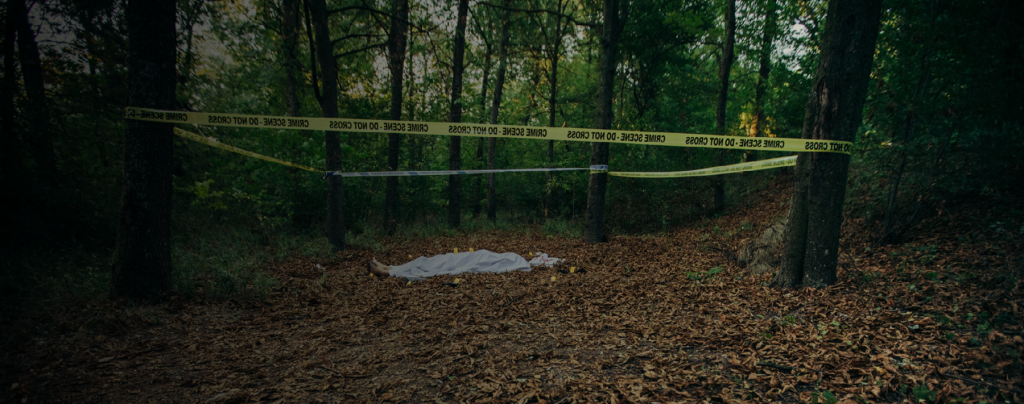Just how big a problem is substance abuse among first responders? Nobody really knows. In one study, about half of surveyed firefighters were found to have drunk heavily within the past month (Haddock et al., 2017). A survey of correctional workers finds that 66% report knowing a colleague who is addicted to alcohol; 22% report being highly suspicious that someone they work with is addicted. Other studies have looked at the effects of stressful events on first responder drinking. For example, police officers who responded during Hurricane Katrina reported increasing daily alcohol consumption from two drinks to seven (McCanlies et al., 2014). Similarly, it has been found that COVID-19 stress correlates with increased alcohol use among first responders (Vujanovic et al., 2021).
Beyond surveys and studies, there are anecdotes. These suggest the problem is significantly underreported and isn’t limited to alcohol. A survey of EMS providers found that 13% definitely know a colleague who was addicted to opioids or heroin. An article in Police Chief suggests that officers, due to prevalence of injury necessitating pain medication, are particularly susceptible to opioid addiction. There is additionally the increased availability and acceptability of recreational and medicinal marijuana.
“First responders tend to reflect the communities they serve,” says Greg Friese, editorial director at EMS1. “As we see record-setting overdoses in this country, widespread cannabis use and increased alcohol consumption, we would expect public safety would not be immune.”
The Place of Alcohol
Alcohol is integral to the culture of first response. It’s present at the end of shifts and at retirement parties; during celebrations and heartbreaks. It also fuels many of the events you respond to—car wrecks, domestic violence, accidents and so on.
“In the academy I ask the recruits whether they drink alcohol,” says Vernon Heron, director of officer safety and wellness at the City of Baltimore Police Department. “If you raise your hand, I tell them, the trauma you’re exposed to in law enforcement can elevate you quickly from a social drinker to drinking six or seven drinks per day in order to get to sleep. Even if you can’t stand the taste of alcohol now, you’re at risk in this line of work.”
Unfortunately, Director Herron’s blunt honesty about the prevalence and downsides of problem drinking is uncommon. To the extent that substance use is covered in in-service training, it’s usually treated more as a formality than a serious threat. Given the prevalence and acceptability of alcohol use, in particular, we need to pay greater attention.
How Much Is Too Much?
According to the National Institute of Alcohol Abuse and Alcoholism, binge drinking is when a person drinks to a blood alcohol concentration of 0.08 or more. This would be approximately four drinks for women and five for men over a two-hour window. According to the Centers for Disease Control and Prevention, heavy drinking is fifteen or more drinks weekly for men and eight or more for women. CDC recommends no more than two drinks daily for men and one for women. A drink is defined as a bottle of beer, glass of wine or shot of liquor.
If you or someone you know has a problem with substance abuse, there is help available
These guidelines can be helpful but for a couple of caveats. First, people notoriously underestimate the amount they drink (Boniface et al., 2014). Second, first responders are special and the rules for the average person don’t apply to them—that is, at least, often the perception. You solve problems. A few drinks after a long shift? Well deserved, the thinking goes.
So it might be better at first to think about substance use as a relationship rather than in terms of metrics, i.e. units of alcohol consumed over a given period. Is your relationship with alcohol (or other substances) fundamentally healthy? Could it use reevaluation?
If your agency has the Cordico app, there are substance use screenings and self-assessments available there. Additionally, the app can help you find a therapist with experience in substance use disorders or get you immediate help if you need it. If don’t have Cordico, you might consider taking a few minutes to complete the Michigan Alcohol Screening Test (MAST) and see where you stand. For more serious drinking or drug problems, the Substance Abuse and Mental Health Services Administration is a tremendous resource. Call 1-800-662-HELP (4357) for a referral or text 435748.
It doesn’t matter whether you work for a volunteer or municipal agency; whether you are active duty or reserve, civilian or sworn; whether you are retired or in the academy; whether you have insurance or an employee assistance program or nothing at all: If you or someone you know has a problem with substance abuse, there is help available. In fact, it’s never been simpler to get help. Left unexamined, the outcomes of substance abuse disorders are as predictable as they are depressing.
Conclusion
“For me,” says a fire chief, who asked I not use his name, “any drug or alcohol in my system is too much at this point. I never went to jail or got a DUI back when I was drinking, but I drank plenty. It just got to the point, where, with this job, I knew it was enough. I’ve never looked back.” This experience describes some of the people I look up to most in public safety.
Many of our associations with alcohol are positive, and most people who do drink don’t have a substance use disorder. This is why in most first responder agencies, there is a culture of drinking together to mark special occasions or simply to pass the time. That’s okay. But it’s essential that everyone be aware of the potential pitfalls of alcohol, as well as prescription pain killers, marijuana and a host of other substances that can be misused. Talk about it. Be honest, and be there for each other.



